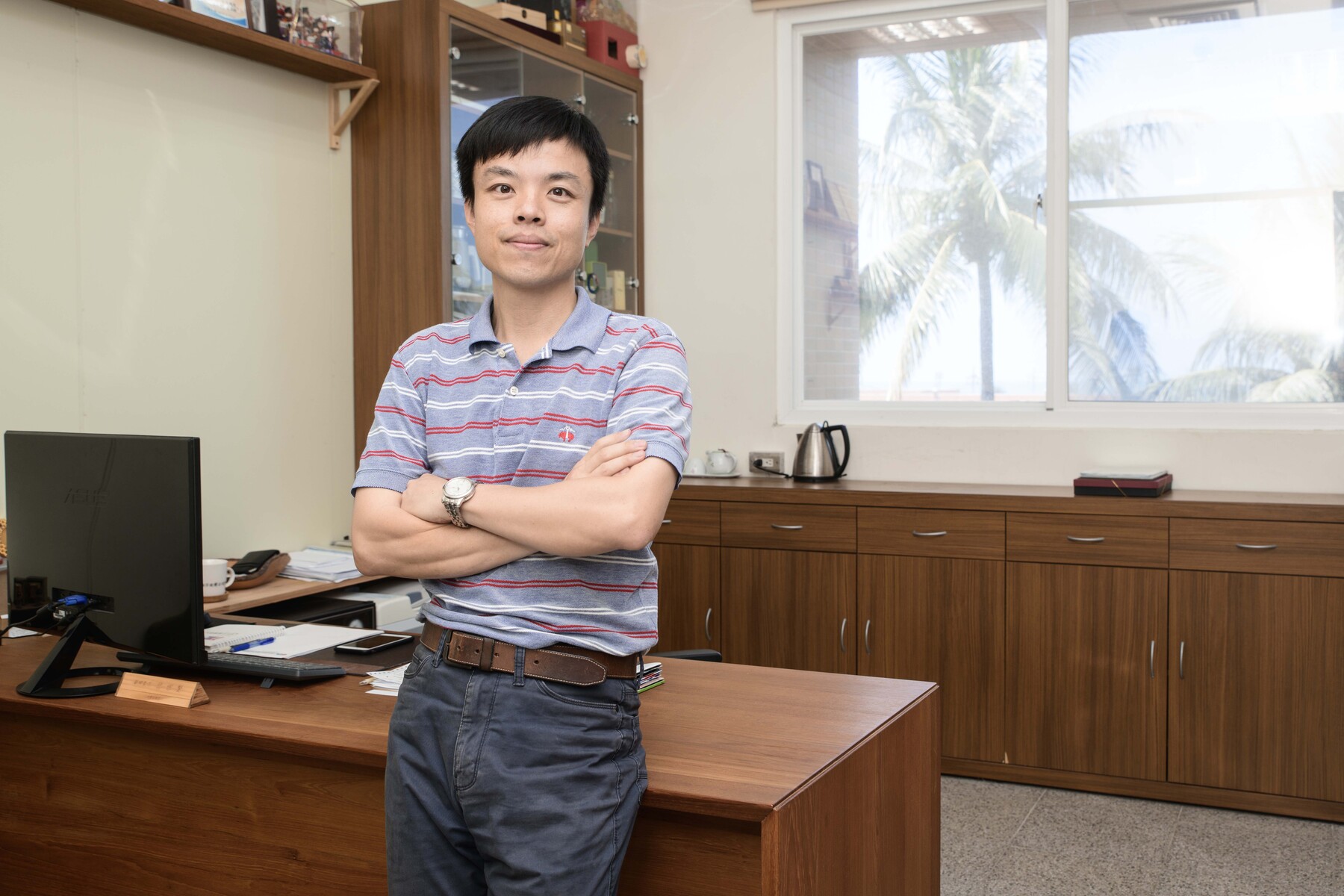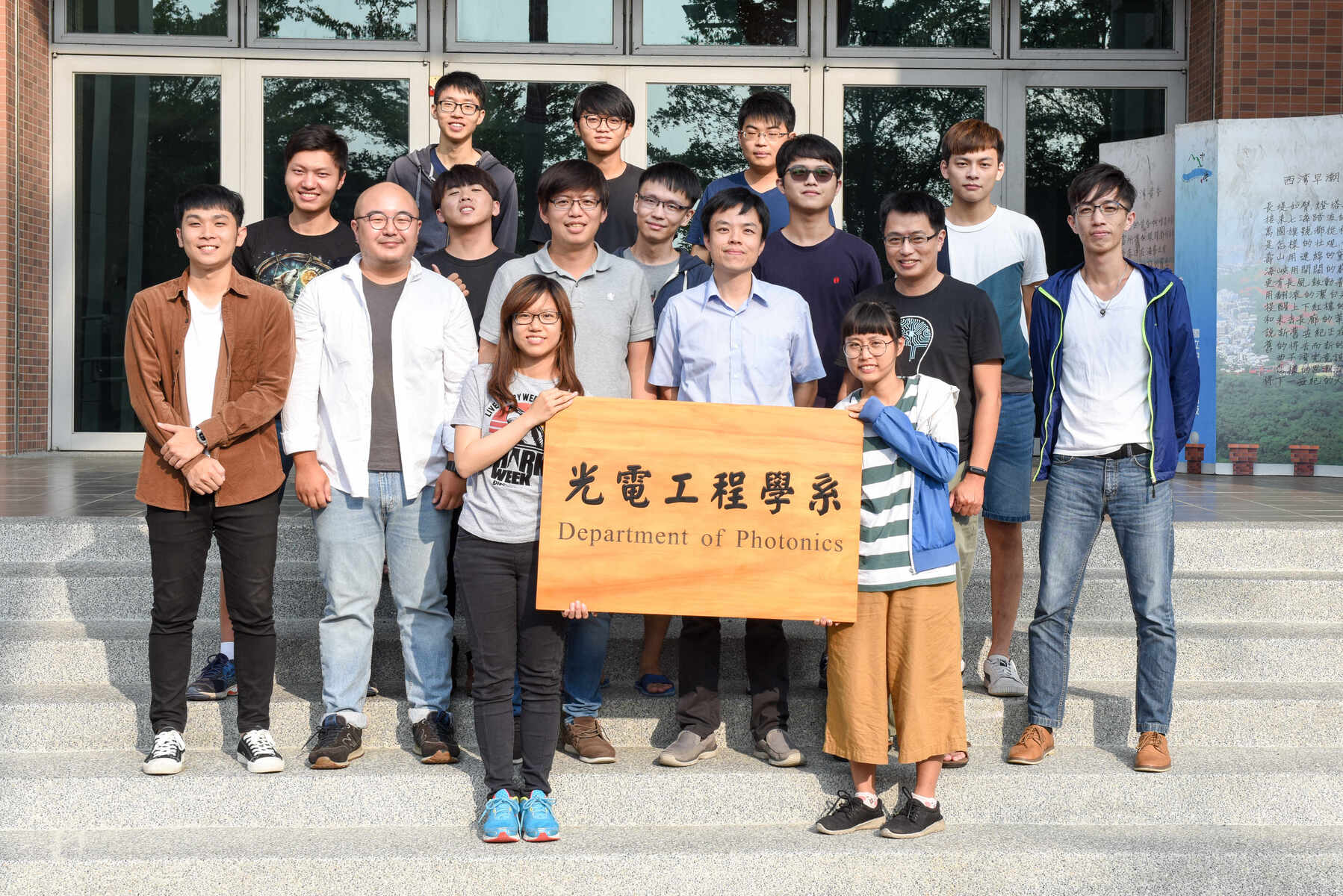NSYSU innovates super-high period chiral photonic crystals to promote the development of intense pulsed light applications


2024-02-06
When it comes to intense pulsed light, most people usually associate it with skin laser beauty treatments such as spot removal and wrinkle reduction. However, the applications of intense pulsed light also include various scientific research in optics, chemistry, biology, and materials science, medical laser treatment for dry eye syndrome, instant slow motion photography, laser projection, manufacturing industrial composites, and material cutting. Tsung-Hsien Lin, Si Wan Chair Professor of the Department of Photonics at National Sun Yat-sen University (NSYSU), formed a multinational research team to break through the existing Cholesteric Liquid Crystals (CLC) alignment limitations and develop a new "Dual-frequency field assembly, DFFA" technology to achieve super-high period photonic crystals and effectively promote the development of intense pulsed light applications. The innovative research was published in the internationally renowned journal "Applied Physics Reviews" and was selected as a featured article.
This research was completed by a multinational research team, including Chun-Wei Chen, a postdoctoral researcher at Yale University in the United States, Ting-Mao Feng and Chih-Wei Wu, doctoral students in the Department of Photonics at NSYSU, Tsung-Hsien Lin, Si Wan Chair Professor at NSYSU, and Iam Choon Khoo, a professor at the Pennsylvania State University in the United States. The research team used the characteristics of CLCs and selected appropriate materials and chiral structures to achieve pulse modulation at the edges of the photonic band gaps and change the laser optical properties. This kind of compact element not only has strong linear dispersion and high optical nonlinearity but also simplifies the tedious optical elements’ alignment steps and bandwidth limitations in the intense pulsed light modulation process, making the application scope wider and may connect with industry to transfer technology in the future.
"Currently existing Chiral photonic crystals have problems such as large optical losses, limited tunability, narrow operation bandwidth, and insufficient optical thickness. In addition, they require many expensive matching elements such as prisms, mirrors, and curved mirrors for modulation, and has kept the cost very high." Tsung-Hsien Lin pointed out that this new research technology has overcome the issues above and produced helical alignment self-assembly CLCs with longer thickness and higher periods. Compared with existing technology, the cost is significantly reduced, greatly benefiting research in academic fields requiring precise modulation. This developed technology has the opportunity to be used in the future to control ultrafast laser pulses, commonly known as intense pulsed light, and then be used in medical, beauty, and various other fields.
Tsung-Hsien Lin further explained that this research has developed a new technology of "DFFA," which means that the required laser intensity can be reduced by more than six times while the same effect can be achieved, reducing the optical losses. According to the needs of different purposes, the laser's polarization control and pulse width can be controlled by changing the CLC mixture, and the tunability is greatly improved. The produced CLC has a large operation bandwidth, is compatible with applications in various fields, specifications, and line widths, and has a wide range of uses. The extraordinary optical thickness of CLC, which is unique worldwide, solves the requirements of intense pulsed light applications and eliminates the need for other expensive matching element modulation, saving the costs of money and time.
Tsung-Hsien Lin said that under normal circumstances, the fluidic nature of CLC only allows the creation of good alignment helical structures through molecular self-assembly, with a thickness of up to at most tens of micrometers. However, if it is to be applied to polarization rotation and switching, as well as modulation pico (10–12 sec) to femtosecond (10–15 sec) intense pulsed light, a thickness of several hundred micrometers or more is required. This new "DFFA" technology can produce stable, well-aligned CLCs at room temperature with several up to 7,000 periods and a thickness of up to 2,200 micrometers, reaching unprecedented thickness required for photonic applications, breaking through existing technology and expanding the boundaries of applicable applications.
"Applied Physics Reviews" is an internationally renowned academic journal, and its academic journal impact factor in 2021 is 19.527. Journal link: https://aip.scitation.org/doi/10.1063/5.0139168
